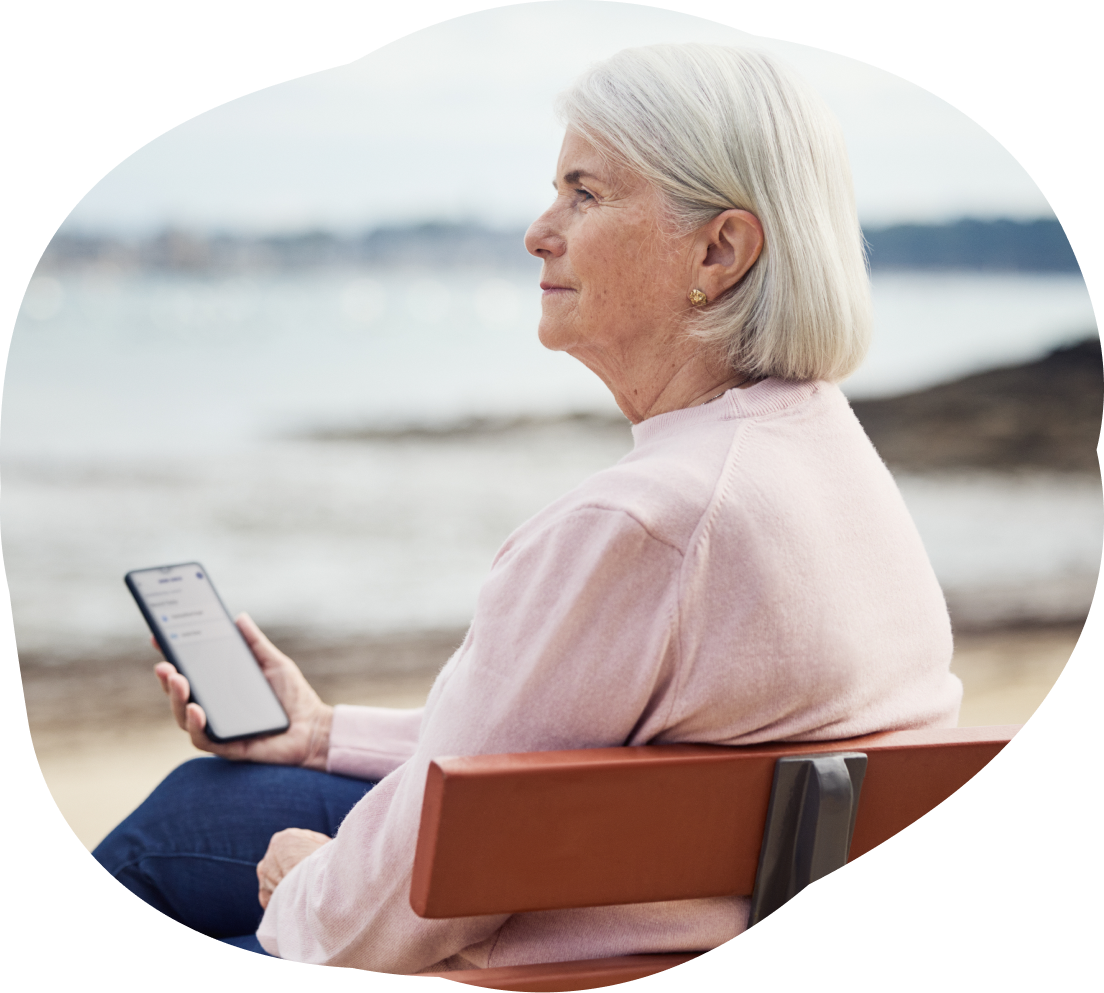For healthcare professionals only
You are viewing the Novo Nordisk Virtual platform, provided to non-US health care professionals from around the world. By accessing this site and materials you accept this legal notice and expressly confirm your status as a healthcare professional.
This site is not country-specific and therefore may contain information which is not applicable to your country. Therefore, before prescribing any product, always refer to local materials such as the prescribing information and/or the Summary of Product Characteristics.
This site is not intended to provide medical advice and/or treatment guidance. Novo Nordisk accepts no liability for the accuracy, completeness or use of the information, and disclaims any liability to update the information contained on this site.
Up to 50% of people diagnosed with type 2 diabetes delay starting on insulin5* for more than 2 years6 after it’s recommended.
But, with 30 million people with type 2 diabetes worldwide having already taken the positive step to start insulin therapy when it’s needed,7† there are actually 30 million reasons for your patients to say ‘yes’ to insulin.
ACTION teens is a global, cross-sectional survey aimed at identifying perceptions, attitudes, behaviours, and barriers to effective obesity care among adolescents living with obesity, their caregivers, and healthcare professionals. Misalignment between ALwO, caregivers, and HCPs — including caregivers' underestimation of the impact of obesity on ALwO and HCPs' misperception of key motivators/barriers for weight loss — suggests a need for improved communication and education.10
EASD 2024 was an extraordinary gathering of some of the brightest minds in our industry, showcasing groundbreaking science and innovations.
At the congress, Novo Nordisk was present with several publications activities and 6 industry sessions which took place onsite in Madrid and online.
Stay tuned for more exciting developments in our field!
EASD 2024 is the 60th Annual Meeting of the European Association for the Study of Diabetes (EASD), a non-profit medical scientific association which supports and promotes the application of research in diabetes. The association was founded in 1965 and is one of the largest networks for diabetologists in the world.
The event is open to scientists, physicians, students, postdocs and fellows, allied health professionals, nurses, and others who are interested in the field of diabetes or related diseases.
Rubino A, et al. Delayed initiation of subcutaneous insulin therapy after failure of oral glucose-lowering agents in patients with Type 2 diabetes: a population-based analysis in the UK. Diabet Med. 2007;24:1412–1418.
Hosomura N, et al. Decline of insulin therapy and delays in insulin initiation in people with uncontrolled diabetes mellitus. Diabet Med. 2017;34:1599–1602.
Basu S, et al. Estimation of global insulin use for type 2 diabetes, 2018-30: a microsimulation analysis. Lancet Diabetes Endocrinol. 2019;7(S1):25–33
Nauck MA,, Quast DR, Wefers J. et al. GLP-1 receptor agonists in the treatment of type 2 diabetes – state-of-the-art. Mol Metab. 2021;46:101-102.
Global Burden of Cardiovascular Diseases and Risk Factors, 1990–2019. Update From the GBD 2019 Study J Am Coll Cardiol. 2020 Dec.76(25)2982–3021. Doi: 10.1016/j.jacc.2020.11.010.
Halford JCG, et al. Misalignment among adolescents living with obesity, caregivers, and healthcare professionals: ACTION Teens global survey study. Pediatric Obesity.2022;17:e12957. Available at: https://onlinelibrary.wiley.com/doi/10.1111/ijpo.12957 Last accessed September 2023.
*After failure of non-insulin glucose-lowering medications.5
†In a microsimulation of type 2 diabetes burden from 2018 to 2030 across 221 countries, it was estimated that the number of people with type 2 diabetes globally utilising insulin in 2018 was 30,229,435.7
The information contained in this site is intended for healthcare professionals only outside of the United States of America. This site is not intended to provide medical advice and/or treatment guidance. Only a physician can determine whether a specific product is correct for a particular patient. This site is not country-specific and therefore may contain information which is not applicable to your country. Novo Nordisk accepts no liability for the accuracy, completeness or use of this information, and disclaims any liability to update the information contained on this site. By accessing this site and materials you accept this legal notice and expressly confirm your status as a healthcare professional. Any images shown on the page are a mix of models and real patients.
This material is promotional in nature and is intended exclusively for healthcare professionals with the capacity to prescribe or dispense medicinal products and is developed in accordance with the applicable regulations on the advertising of medicinal products for human use, supported by valid and relevant bibliographic references. Novo Nordisk has reviewed the compliance with the above, as well as the adequacy of the information presented with the corresponding approved SmPCs. If you wish to report an adverse event or technical complaint, please contact us at 012_SpainFarmacov@novonordisk.com.
Before prescribing, please consult the SmPC. Novo Nordisk does not recommend the use of its medicines for indications other than those listed in the SmPC.
This material is intended exclusively for healthcare professionals, so its direct or indirect dissemination through social networks or other media to the general public is not permitted.
HQ24NNG00118, August 2024











